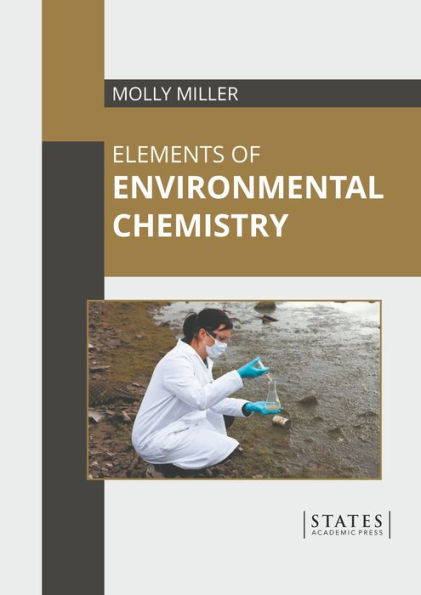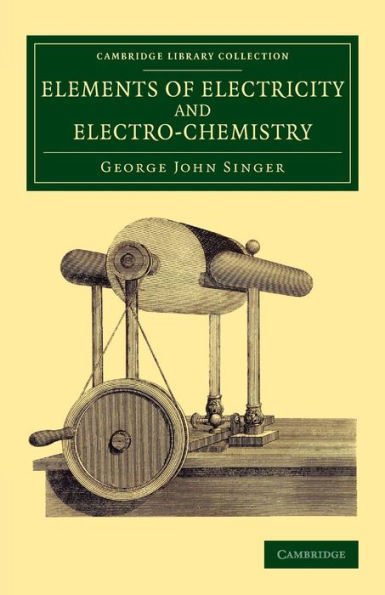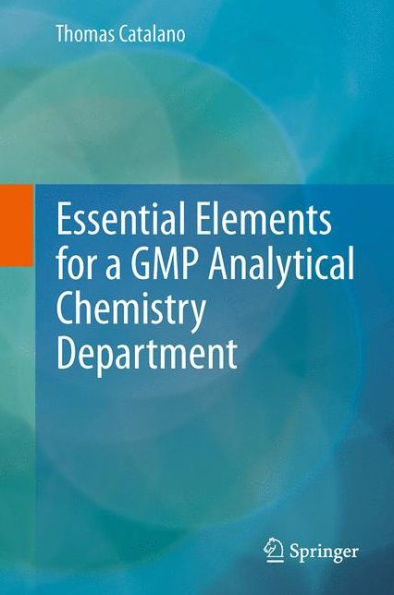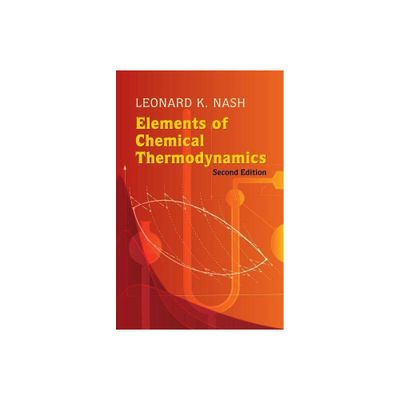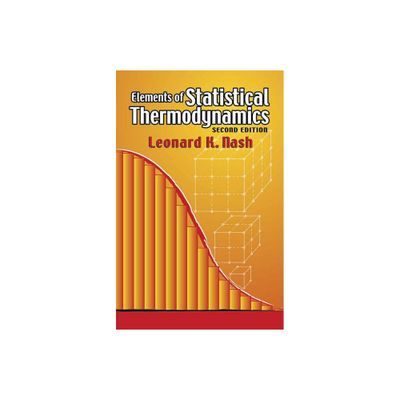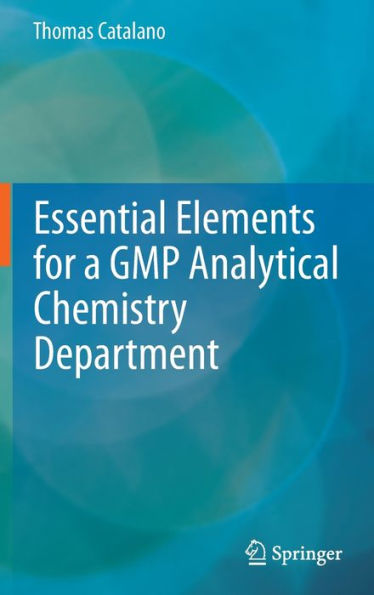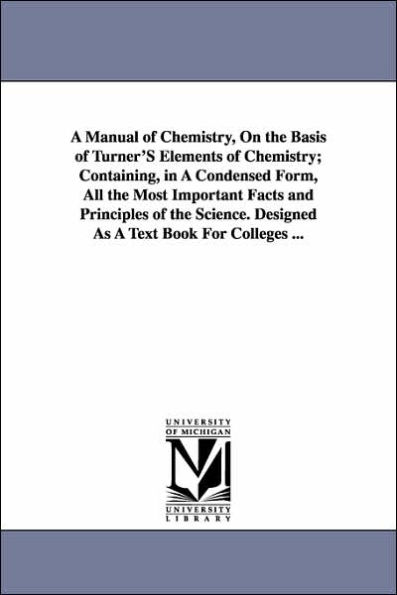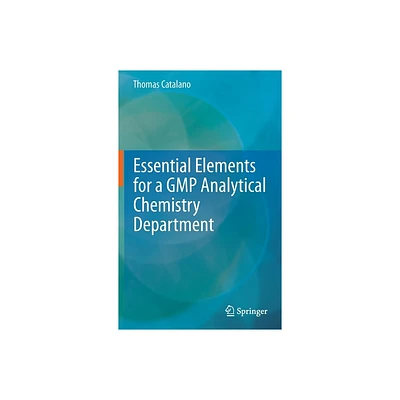Home
Elements of Chemistry
Loading Inventory...
Barnes and Noble
Elements of Chemistry
Current price: $10.99
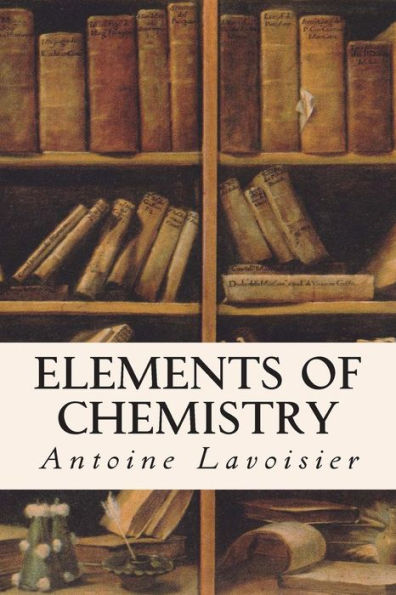

Barnes and Noble
Elements of Chemistry
Current price: $10.99
Loading Inventory...
Size: Paperback
*Product Information may vary - to confirm product availability, pricing, and additional information please contact Barnes and Noble
The debt of modern chemistry to Antoine Lavoisier (1743–1794) is incalculable. With Lavoisier's discoveries of the compositions of air and water (he gave the world the term 'oxygen') and his analysis of the process of combustion, he was able to bury once and for all the then prevalent phlogiston doctrine. He also recognized chemical elements as the ultimate residues of chemical analysis and, with others, worked out the beginnings of the modern system of nomenclature. His premature death at the hands of a Revolutionary tribunal is undoubtedly one of the saddest losses in the history of science.
Lavoisier's theories were promulgated widely by a work he published in 1789:
Traité élémentaire
de Chimie
. The famous English translation by Robert Kerr was issued a year later. Incorporating the notions of the "new chemistry," the book carefully describes the experiments and reasoning which led Lavoisier to his conclusions, conclusions which were generally accepted by the scientific community almost immediately. It is not too much to claim that Lavoisier's Traité did for chemistry what Newton's Principia did for physics, and that Lavoisier founded modern chemistry.
Part One of the
Traité
covers the composition of the atmosphere and water, and related experiments, one of which (on vinous fermentation) permits Lavoisier to make the first explicit statement of the law of the conservation of matter in chemical change. The second part deals with the compounds of acids with various bases, giving extensive tables of compounds. Its most significant item, however, is the table of simple substances or elements — the first modern list of the chemical elements. The third section of the book reviews in minute detail the apparatus and instruments of chemistry and their uses. Some of these instruments, etc. are illustrated in the section of plates at the end.
This new facsimile edition is enhanced by an introductory essay by Douglas McKie, University College London, one of the world's most eminent historians of science. Prof. McKie gives an excellent survey of historical developments in chemistry leading up to the
, Lavoisier's major contributions, his work in other fields, and offers a critical evaluation of the importance of this book and Lavoisier's role in the history of chemistry. This new essay helps to make this an authoritative, contemporary English-language edition of one of the supreme classics of science.
Lavoisier's theories were promulgated widely by a work he published in 1789:
Traité élémentaire
de Chimie
. The famous English translation by Robert Kerr was issued a year later. Incorporating the notions of the "new chemistry," the book carefully describes the experiments and reasoning which led Lavoisier to his conclusions, conclusions which were generally accepted by the scientific community almost immediately. It is not too much to claim that Lavoisier's Traité did for chemistry what Newton's Principia did for physics, and that Lavoisier founded modern chemistry.
Part One of the
Traité
covers the composition of the atmosphere and water, and related experiments, one of which (on vinous fermentation) permits Lavoisier to make the first explicit statement of the law of the conservation of matter in chemical change. The second part deals with the compounds of acids with various bases, giving extensive tables of compounds. Its most significant item, however, is the table of simple substances or elements — the first modern list of the chemical elements. The third section of the book reviews in minute detail the apparatus and instruments of chemistry and their uses. Some of these instruments, etc. are illustrated in the section of plates at the end.
This new facsimile edition is enhanced by an introductory essay by Douglas McKie, University College London, one of the world's most eminent historians of science. Prof. McKie gives an excellent survey of historical developments in chemistry leading up to the
, Lavoisier's major contributions, his work in other fields, and offers a critical evaluation of the importance of this book and Lavoisier's role in the history of chemistry. This new essay helps to make this an authoritative, contemporary English-language edition of one of the supreme classics of science.

